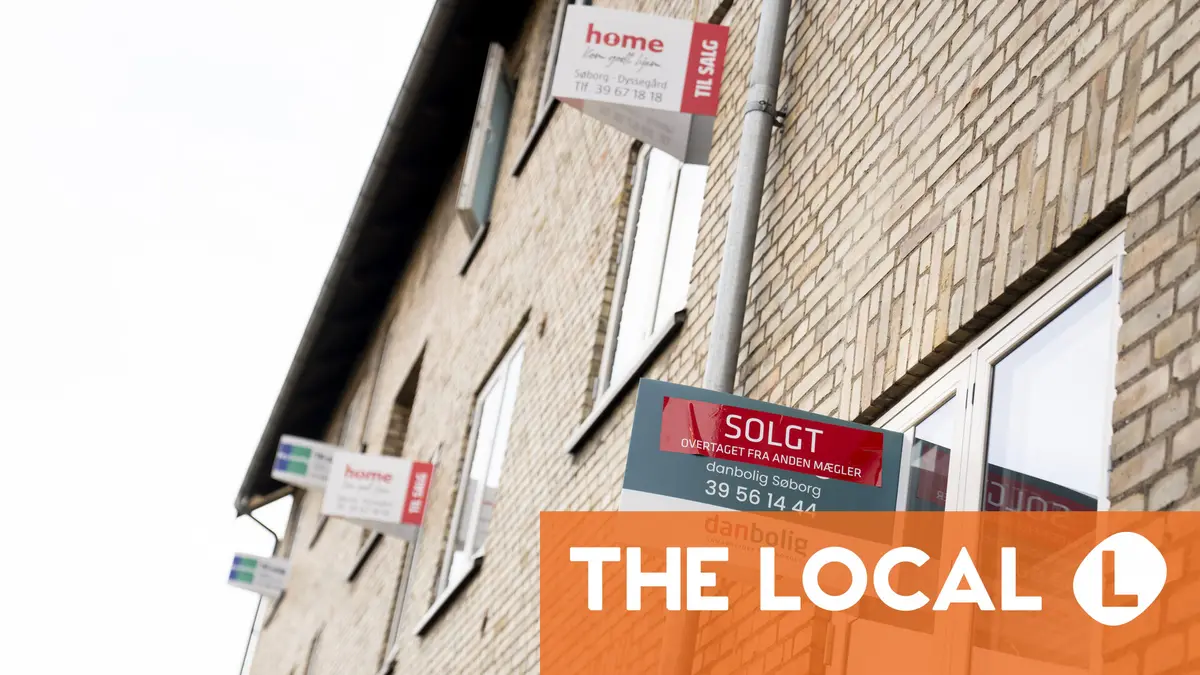New analysis of the housing market shows the average income needed to be approved for a mortgage varies dramatically between the cheapest and most expensive locations in Denmark. But some areas have become more accessible over the last year.
Banks have become more likely to approve first-time buyers for a mortgage in large parts of Denmark over the last year, making those locations potentially more attractive for first-time buyers.
Nevertheless, the average salary you need for approval in 2025 varies wildly depending on location, calculations by credit institution Realkredit Danmark, reported by newspaper Jyllands-Posten show.
The review is based on the average household income needed for approval for a mortgage for a house with 140 square metres of floor space in each of Denmark’s 98 municipalities.
It shows that house prices are generally rising, even compared with just a year ago. The trend is more pronounced in some areas, especially Copenhagen, where the price of houses and apartments is continuing a dramatic upward slope.
However, if you are looking to enter the property market for the first time you might find it easier in some areas of the country than others, despite the general increase in property values.
The review shows that, for the majority of municipalities – 80 out of 98 – it is actually easier to be approved for a mortgage now than it was last year.
Advertisement
A number of increasingly desirable towns, including Vejle, Herning and Skanderborg are included in that list, but “most of Jutland and Funen” are in fact covered, Jyllands-Posten writes.
Each of the 18 municipalities in which it has become harder to get a mortgage are in the Greater Copenhagen area.
“This is happening even though prices have been rising in most parts of the country, and buyers generally have to pay more when purchasing a home,” says Christian Hilligsøe Heinig, chief economist at Realkredit Danmark, said to the newspaper.
The factor that has made life a little easier for first-time buyers in the majority of the country – and countered the effect of rising or stable prices – is declining interest rates on mortgages.
Although this is more likely to be felt on variable rate than fixed rate mortgages initially, it is making a difference when it comes to asking the bank to approve you for a loan, the data shows.
“And there’s been quite a lot of competition among banks on home loans. So if you need to borrow money from the bank in addition to your mortgage, there’s quite a bit of money to be saved today compared to a year ago,” Heinig said.
Changes to tax rules over the last year, including an increase to the tax deduction for people in employment, beskæftigelsesfradraget, as well as the thresholds for the topskat upper tax brackets, have also pushed the needle in a favourable direction for home buyers.
READ ALSO: How much will you save on tax under Denmark’s new rules from 2025?
The ‘model family’ used as the basis for Realkredit Danmark’s calculations consists of two adults and two children, owns one car and has enough savings to pay for 5 percent of the house price.
The calculation assumes 15 percent of the purchase is financed through a bank loan and 80 percent through a mortgage with a 30-year, fixed-rate loan at 4 percent – the type normally used by banks when assessing mortgage applications.
The model family’s two children are young, with one attending nursery (vuggestue) and the other in kindergarten (børnehave), which would mean significant monthly fees for the family.
The household would be expected to have 16,900 kroner left over each month after housing expenses to cover food, everyday purchases, holidays, and leisure – another criteria usually applied by banks.
The calculations show that a whopping total household income of 1,928,924 kroner – almost a million kroner per year per adult – is needed to get a mortgage in Copenhagen Municipality, some 305,800 kroner more than last year.
Around half of that amount – 946,208 kroner – would be needed in Aarhus, around 6,000 kroner more than in 2024.
If you want to buy a house in Vejle, you’ll need an “average” household income of 790,888 kroner, which is 2,600 kroner less than last year.
Advertisement
At the opposite end of the scale, you could move to rural southern island Ærø for a joint household income of 678,146 kroner, which is some 44,000 kroner less than last year.
While the interest rates paid on variable rate mortgages has generally fallen, the European Central Bank and Denmark’s National Bank have both lowered interest rates from just over 3 percent a year ago to between 2.2 and 2.5 percent today.
“That’s helping homeowners and easing the pressure on those who opt for variable rate loans. So even though [house] prices have gone up in some areas, the rate cuts and rising wages more than offset that,” Jeppe Juul Borre, senior economist at Arbejdernes Landsbank, told Jyllands-Posten.
